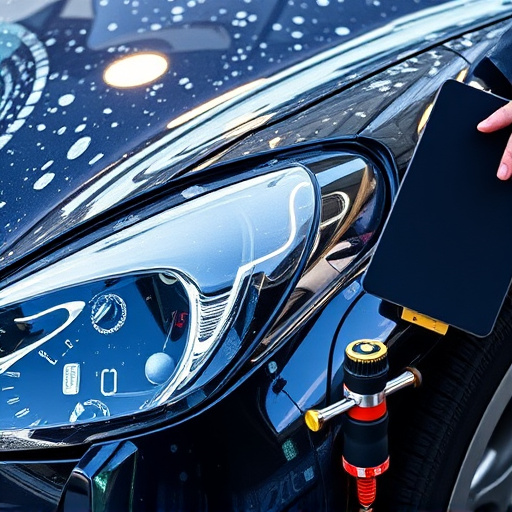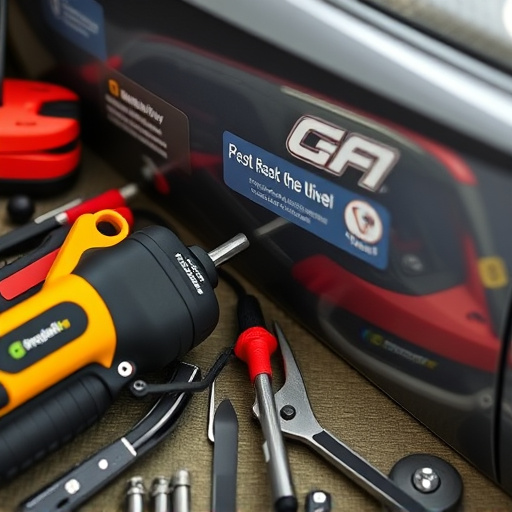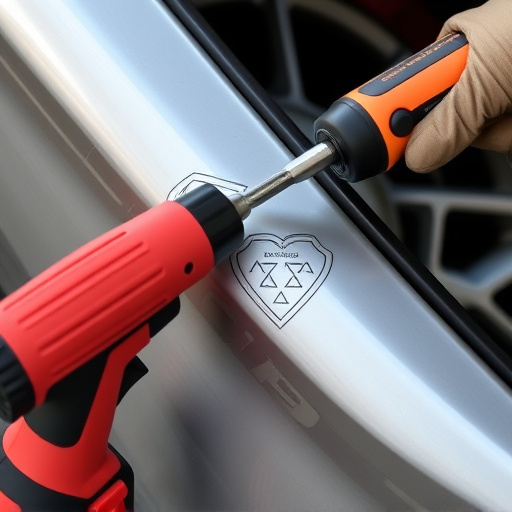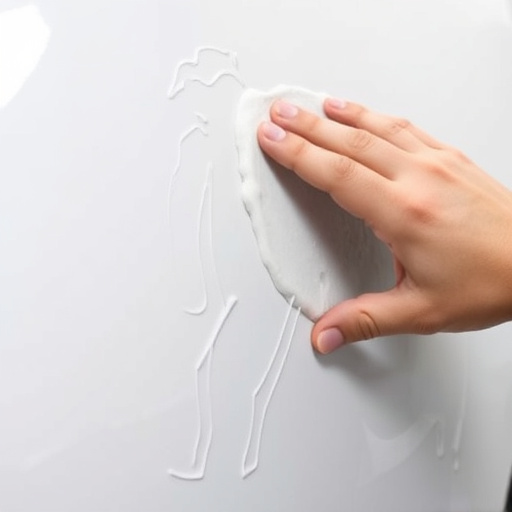Tesla's remote diagnostics after a repair play a crucial role in ensuring vehicle safety and optimal performance. By detecting unresolved fault codes remotely, this technology helps identify hidden issues, especially from complex repairs. A comprehensive approach involving vehicle history review, skilled mechanics, physical testing, and component checks is necessary to resolve these codes, maintaining Tesla's safety standards and owner satisfaction.
Tesla owners now enjoy a powerful tool for post-repair evaluation: remote diagnostics. After a service center completes repairs, they can remotely check for unresolved fault codes, providing insights into potential issues left undetected. This innovative feature allows for proactive ownership and ensures optimal vehicle performance. Understanding how to interpret these codes is crucial, as they signify problems that require attention, from minor adjustments to more complex repairs.
- Understanding Tesla Remote Diagnostics Post-Repair
- Interpreting Unresolved Fault Codes on Your Tesla
- Resolving Issues Identified by Remote Diagnostics
Understanding Tesla Remote Diagnostics Post-Repair

After a repair on your Tesla, the remote diagnostics process becomes a crucial step in ensuring the vehicle’s optimal performance and safety. This technology allows Tesla to conduct a thorough post-repair assessment from a distance, providing insights into any unresolved issues that may have been missed during the initial fix. By connecting to the car’s systems remotely, technicians can detect fault codes and other data points, offering a comprehensive overview of the vehicle’s condition.
This feature is particularly valuable for complex repairs involving processes like frame straightening or bumper repair. It helps verify that all components are functioning correctly and provides peace of mind to owners. Through remote diagnostics, Tesla continues to monitor its vehicles even after they leave the workshop, contributing to a superior ownership experience and ensuring the car’s longevity.
Interpreting Unresolved Fault Codes on Your Tesla

When a Tesla displays unresolved fault codes after a repair, it’s crucial to interpret these signals carefully. These codes provide insights into potential issues within your vehicle’s system, acting as a red flag for mechanics and owners alike. Through Tesla remote diagnostics, you can access real-time data, enabling a more precise identification of problems that might not be immediately apparent during a visual inspection.
Understanding these fault codes is key to ensuring comprehensive auto repair services or automotive collision repair. By deciphering the signals, owners can make informed decisions, whether it’s scheduling further diagnostic tests or seeking specialized automotive repair services to address the unresolved issues effectively.
Resolving Issues Identified by Remote Diagnostics

When Tesla remote diagnostics after repair identify unresolved fault codes, it’s crucial to address them promptly. The first step is to review the vehicle’s service history and recent repairs, including any scratch repair or vehicle collision repair work, as these can sometimes cause intermittent issues that diagnostic tools might miss during initial checks. Engaging a reputable car repair shop with skilled technicians ensures thorough inspection using advanced equipment, allowing for accurate identification of hidden problems.
Effective resolution involves a systematic approach: validating the fault code’s presence through physical testing; checking for loose connections or damaged components related to the code; and confirming that all repairs, including minor ones like scratch repairs, have been adequately addressed. By taking these steps, car owners can ensure their Tesla not only drives smoothly but also maintains optimal performance and safety standards after repair.
Tesla’s remote diagnostics post-repair are a powerful tool for identifying and resolving unresolved fault codes. By leveraging this technology, Tesla owners can ensure their vehicles are in optimal condition. Understanding how to interpret diagnostic results and take proactive measures to address issues is key. With the right approach, you can maintain your Tesla’s performance and reliability, enhancing your overall driving experience.














